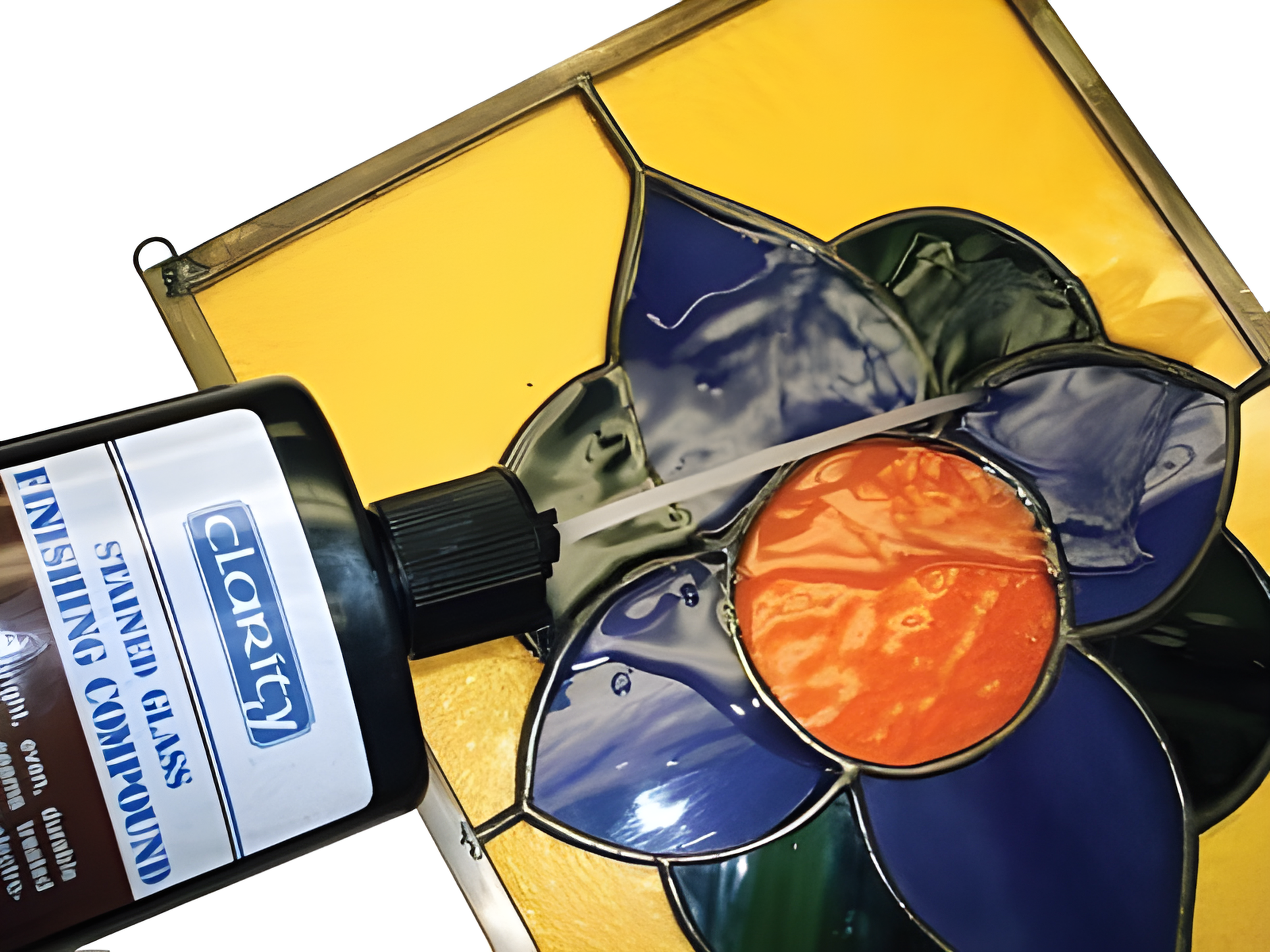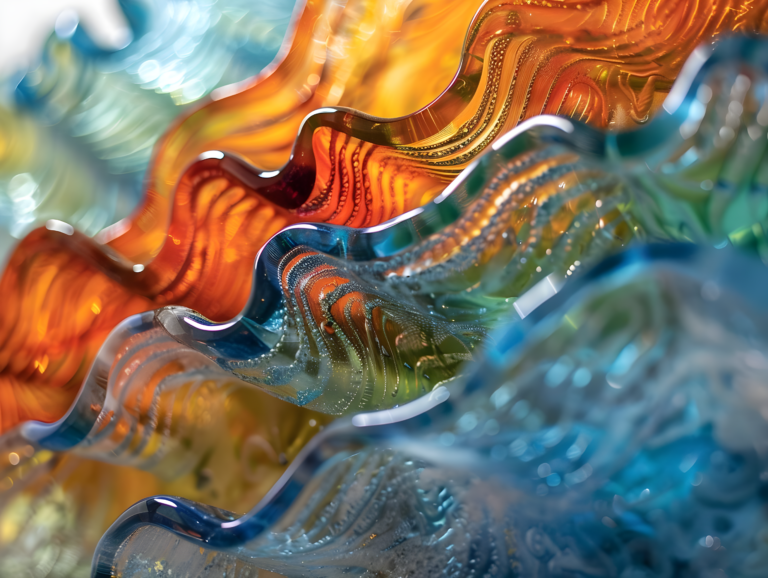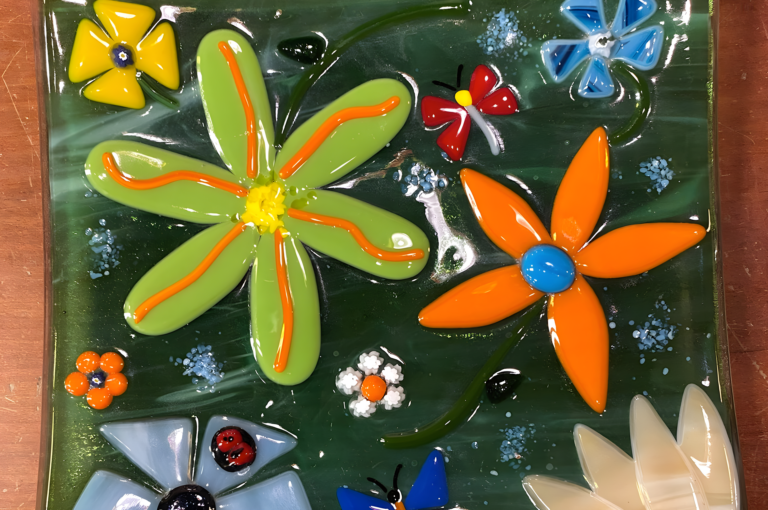Must-Know Chemicals for Stunning Glass Art
Glass art is a fascinating blend of creativity and chemistry. The way glass melts, colors interact, and surfaces take shape all depend on specific chemical ingredients. Whether crafting delicate stained glass windows or bold fused glass sculptures, understanding these essential chemicals will help artists refine their technique and enhance their final creations.
The most important components include soda ash, potash, borax, silica sand, and nitrates. These chemicals influence everything from melting temperatures to the vibrancy of colors and the durability of the finished piece. Beyond their artistic benefits, they also require careful handling due to their chemical properties.
Key Chemicals That Shape Glass
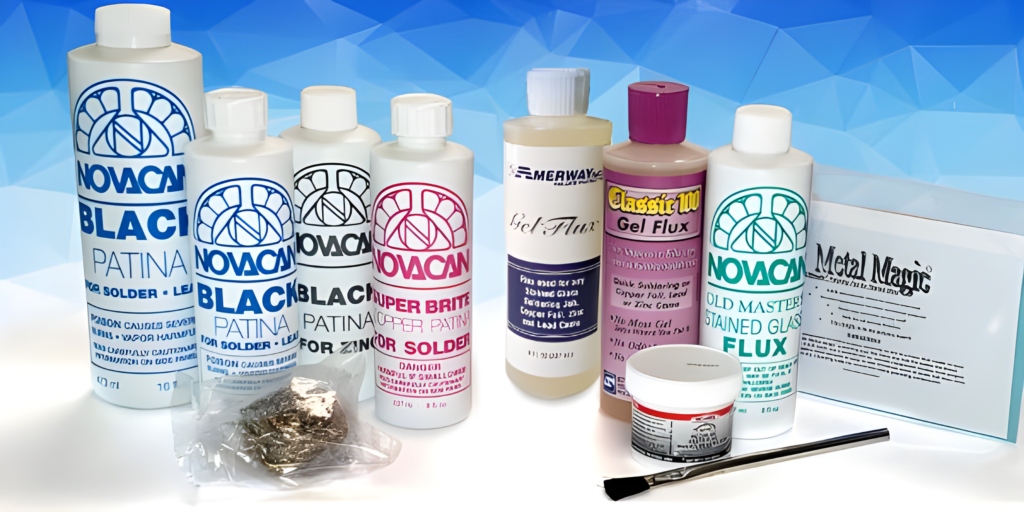
Soda Ash: The Foundation of Glass Melting
Soda ash (sodium carbonate) plays a crucial role in glassmaking by lowering the melting point of silica. This makes the process more efficient, reducing the amount of heat required to form molten glass. By improving the fluidity of glass, soda ash allows artists to manipulate it more easily, whether they’re blowing, fusing, or casting.
Another benefit is its effect on glass stability. When combined with silica, soda ash helps create a uniform, durable structure. However, purity matters—impurities in soda ash can lead to unwanted bubbles or inconsistencies in the final product.
To achieve the best results, glass artists should source high-quality soda ash from specialized suppliers rather than generic industrial-grade alternatives.
Potash: Enhancing Color and Transparency
Potash (potassium carbonate) is essential for vibrant, rich glass colors. It acts as a flux, reducing the melting temperature while improving the uniformity of metal oxide colorants. Many deep blues, greens, and reds in stained glass rely on potash for their intensity and consistency.
Potash also increases transparency, making it ideal for clear glass projects. Its chemical composition differs from soda ash, resulting in a slightly different texture and gloss in finished pieces.
Borax: Strength and Thermal Resistance
Borax (sodium borate) is a strengthening agent in glass. By improving resistance to thermal shock, it prevents cracks and fractures, making it ideal for high-heat applications like bead-making and kiln-formed glass.
This compound also helps reduce surface tension, ensuring smooth, even coatings in glass glazes and enamels. Some artists use borax-infused solutions to coat glass before firing, reinforcing structural stability.
Silica Sand: The Backbone of Glass
Silica sand is the primary ingredient in glass, providing its essential structure. The purity and grain size of silica determine the clarity and finish of the glass. Finely milled silica is used for smooth, transparent glass, while coarser grains contribute to frosted or textured effects.
High-quality silica sand is crucial for achieving professional-grade clarity in glass pieces, whether for stained glass panels or delicate glass sculptures.
Nitrates: Surface Treatment and Protection
Nitrates, such as potassium or sodium nitrate, are used to improve the surface quality of glass. They help remove impurities, enhance shine, and create a protective layer against environmental damage.
In stained glass, nitrates assist in bonding lead came, strengthening connections between glass pieces. They also reduce the visibility of fingerprints and water spots, keeping glass artworks looking pristine.
Applying Chemicals in Glass Art
The use of chemicals in glass art is a precise and controlled process that allows artists to manipulate the material in various ways, from altering its melting point to achieving specific colors and textures. Every chemical introduced into the glass plays a distinct role, influencing the final outcome in terms of clarity, strength, durability, and aesthetic appeal.
Melting and Shaping Glass
One of the primary ways chemicals are applied in glass art is during the melting phase. Fluxes like soda ash and potash lower the melting temperature of silica, making the molten glass more manageable and reducing energy consumption in the furnace. Without these chemicals, working with raw silica would require extreme temperatures, making the process impractical for most glass artists. The balance of these fluxes must be carefully maintained; too much can lead to overly soft glass that deforms easily, while too little can make the material too rigid to shape effectively.
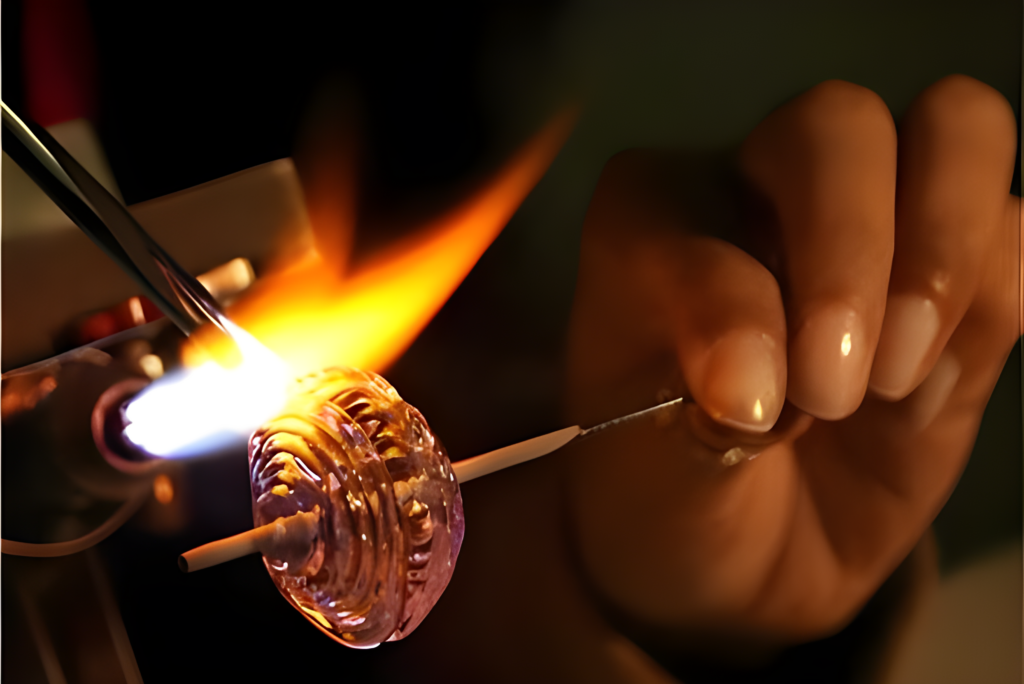
The addition of stabilizers such as borax or alumina ensures that the melted glass maintains its structural integrity. These compounds help prevent excessive crystallization, which can lead to unwanted cloudiness or brittleness in the final piece.
Achieving Vibrant Colors
Coloration in glass is one of the most fascinating applications of chemicals in the craft. Metal oxides, combined with fluxes, create a stunning array of hues. Copper oxide produces rich blues and greens, while cobalt yields deep, intense blues. Iron oxide can lead to warm amber or green tones, and the introduction of gold chloride results in striking red or pink shades. The concentration and temperature at which these chemicals are added impact the final color, making precise measurement and timing essential.
Some glass artists experiment with layering different colored glass, using chemicals in between to create unique gradients and shifting hues when viewed from different angles. The use of chemical reactions, such as the introduction of sulfur or selenium, can further alter the shades or introduce intriguing patterns within the glass.
Surface Treatment and Texture
Once the glass has been shaped and cooled, additional chemical applications can refine its surface texture and appearance. Nitrates, often used in the form of nitric acid, are applied to etch the surface of the glass, creating frosted or matte finishes. This technique is popular in decorative glass panels and artistic installations where light diffusion is a key element.
For a smoother and more polished effect, glass artists may apply borax or other chemical solutions before the final firing process. This helps to seal the surface, reducing porosity and making the glass more resistant to environmental wear. Some artists also use chemical fumes, such as stannous chloride, to create iridescent or metallic finishes, giving the glass a shimmering, almost ethereal quality.
Strengthening and Durability
Beyond aesthetics, chemicals also contribute to the longevity of glass art. The addition of stabilizers like borax or alumina enhances the durability of glass, making it more resistant to thermal shock. This is especially crucial in applications like stained glass windows or blown glass sculptures that are exposed to temperature fluctuations.
Chemical tempering processes, such as treating glass with potassium nitrate, can significantly increase its strength by creating a toughened surface layer. This is a method commonly used in functional glassware, but it has also been adapted for artistic applications where extra durability is needed without compromising transparency.
Controlled Reactions for Unique Effects
Some of the most striking glass art pieces arise from controlled chemical reactions. Artists often use reactive glasses—materials that change color or texture when exposed to certain chemicals or firing conditions. Sulfur-containing glasses, for instance, react with copper or silver to create unique striations and patterns.
Fuming techniques, where metals like silver or gold are vaporized in a hot kiln and allowed to settle onto glass surfaces, result in delicate, iridescent finishes that shift in color depending on the light angle. These specialized applications require a deep understanding of chemistry and precise temperature control to achieve the desired effects.
The Art and Science of Chemical Application
Applying chemicals in glass art is as much a science as it is an art. Each step—from the initial melting to the final surface treatment—requires careful measurement and an understanding of how different compounds interact. Artists experiment with combinations of chemicals, firing schedules, and environmental conditions to achieve innovative results.
Mastering the application of chemicals in glass art allows for an incredible range of creative possibilities, from deep, translucent colors to textured and metallic finishes. The right chemical choices can transform a simple piece of glass into a mesmerizing work of art.
Safety Precautions When Working with Chemicals
The use of chemicals in glass art requires strict safety measures to protect artists from potential hazards. Many of the compounds involved—whether in glass melting, coloring, or surface treatments—can be toxic, reactive, or irritating. Proper handling, storage, and disposal are essential for maintaining a safe workspace.
Proper Ventilation and Air Quality Control
One of the most critical safety precautions is ensuring adequate ventilation. Many chemical processes in glass art release fumes that can be harmful when inhaled. This is especially true for metal oxides, acid etching solutions, and fuming techniques. A well-ventilated workspace, preferably equipped with a fume hood or exhaust system, helps remove airborne contaminants and prevent respiratory irritation.
Artists who work with fuming processes, such as applying silver or gold vapors, should always use localized extraction to minimize exposure. Masks with proper filtration, such as respirators rated for chemical fumes, can offer additional protection.
Protective Gear and Personal Safety
Wearing the right protective gear is essential when handling chemicals. Safety goggles or face shields prevent splashes from coming into contact with the eyes, while chemical-resistant gloves help protect the skin from irritation or burns. Long-sleeved clothing and aprons made of non-reactive materials, such as neoprene or thick cotton, provide an extra layer of protection.
For artists working with powdered chemicals, such as metal oxides or silica dust, wearing a respirator or dust mask is crucial to prevent inhalation. Prolonged exposure to fine particles can lead to lung irritation or long-term respiratory issues.
Safe Chemical Storage and Labeling
Chemicals should always be stored in clearly labeled, airtight containers to prevent accidental misuse or cross-contamination. Certain substances, such as acids and metal oxides, can react dangerously if mixed improperly. Keeping chemicals in their original containers or in properly marked secondary containers reduces the risk of confusion.
Storage areas should be cool, dry, and away from direct sunlight or heat sources. Some chemicals, particularly nitrates and sulfates, can degrade over time or become more reactive when exposed to moisture. Regularly checking expiration dates and the condition of storage containers helps ensure safety.
Handling Acids and Corrosive Substances
Acids are commonly used in glass etching and surface treatments, but they require extreme caution. Always add acid to water, never the reverse, to prevent violent reactions that can cause splattering. Using glass or acid-resistant plastic containers for mixing solutions reduces the risk of material breakdown.
Spills should be neutralized immediately using appropriate neutralizing agents, such as baking soda for acid spills. A designated spill kit should always be available in the workspace for quick response.
Disposal of Chemical Waste
Improper disposal of chemical waste can be harmful to both human health and the environment. Many chemicals used in glass art, such as lead-based compounds or strong acids, should never be poured down the drain. Instead, they must be collected in designated waste containers and disposed of according to local hazardous waste regulations.
Artists should research and follow proper disposal guidelines for each chemical they use. Some materials can be neutralized safely before disposal, while others require specialized hazardous waste collection services.
Fire and Explosion Prevention
Some chemicals used in glass art are flammable or reactive under certain conditions. Proper storage away from open flames, kilns, and heating elements minimizes the risk of accidental ignition. For example, alcohol-based solutions and certain metal powders should be handled with caution to prevent fire hazards.
Having a fire extinguisher rated for chemical fires within easy reach is a necessary precaution. Additionally, knowing the fire risks associated with specific chemicals—such as nitrates, which can be oxidizers—can help artists implement safer practices in the studio.
Emergency Preparedness
No matter how careful an artist is, accidents can still happen. Having an emergency plan in place is essential. This includes knowing the locations of safety showers, eye wash stations, and first aid kits. Keeping a list of emergency contacts and poison control numbers readily available can be life-saving in case of accidental exposure.
Artists should also familiarize themselves with the safety data sheets (SDS) for each chemical they use. These documents provide important information on handling, first aid measures, and potential hazards.
Creating a Culture of Safety in the Studio
Beyond individual precautions, maintaining a culture of safety in a shared studio is crucial. Clear communication about chemical use, proper labeling, and adherence to safety protocols help ensure that all artists working in the space remain protected.
Regular training and refreshers on chemical safety can help artists stay informed about best practices. By prioritizing safety, glass artists can focus on their creative work without compromising their health or the well-being of those around them.
Working with chemicals in glass art opens up incredible creative possibilities, but safety should always come first. With the right precautions, artists can explore innovative techniques while keeping their workspace secure and risk-free.
Alternative Materials for Glass Art
Glass has long been the dominant medium for transparent, colorful, and light-reflecting artworks, but various alternative materials can offer similar aesthetic effects while introducing new creative possibilities. Whether for safety, accessibility, or artistic experimentation, these substitutes provide unique textures, colors, and workability that can enhance or even replace traditional glass in some applications.
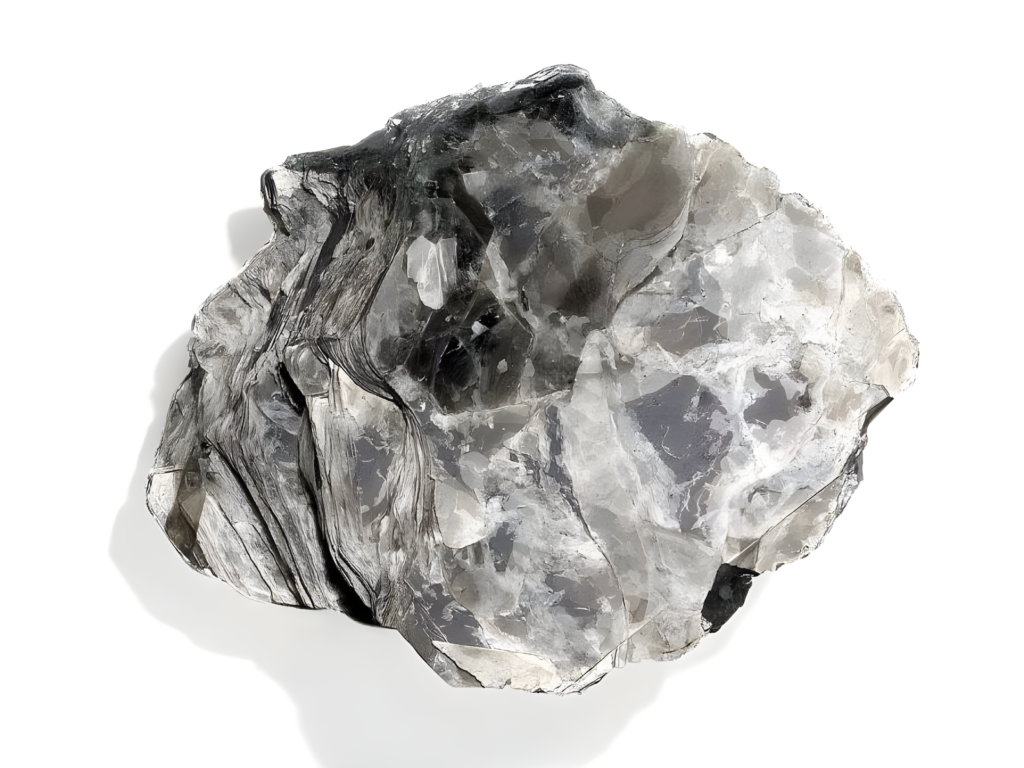
Resin: A Versatile and Lightweight Substitute
Resin, particularly epoxy and acrylic resin, is one of the most popular alternatives to glass in contemporary art. It can mimic the clarity and brilliance of glass while being significantly lighter and more impact-resistant. Artists can mix pigments, dyes, or metallic powders into resin to achieve vibrant, translucent effects similar to stained glass.
Unlike glass, resin does not require high-temperature kilns for shaping or fusing. Instead, it is poured into molds or applied in layers, curing at room temperature. This makes it an accessible option for artists who do not have access to specialized glassworking equipment.
Acrylic and Polycarbonate: Shatterproof Transparency
Acrylic and polycarbonate sheets provide a durable and lightweight alternative to traditional glass panels. These materials can be cut, engraved, or thermoformed into various shapes, offering more flexibility than rigid glass. Acrylic is often used as a substitute for stained or leaded glass in decorative windows, sculptures, and signage due to its excellent light transmission properties.
One of the biggest advantages of acrylic over glass is its shatter resistance. While traditional glass can break into dangerous shards, acrylic is much safer for installations in public spaces or homes with children and pets.
Mica: Natural Luminosity and Layered Effects
Mica, a naturally occurring mineral, is valued for its shimmering, translucent quality. It can be sliced into thin sheets or crushed into powder for use in coatings and mixed media artwork. While it does not offer the same level of transparency as glass, its pearlescent and light-reflecting properties create a unique visual effect.
Mica is often incorporated into resin art, ceramics, or fused with other materials to mimic the layered appearance of stained glass or iridescent coatings found in specialty glassworks.
Ceramic and Porcelain: Opaque Elegance with Glazed Effects
For artists looking to move away from transparency while still maintaining a glass-like finish, ceramics and porcelain offer a compelling alternative. With the right glazing techniques, ceramic surfaces can achieve a glossy, reflective look similar to glass. Crackle glazes, metallic lusters, and celadon finishes create depth and variation in color, reminiscent of kiln-formed glass textures.
Porcelain is particularly valued for its ability to achieve delicate, translucent effects when fired thin. Some artists even incorporate ceramic elements into mixed-media glass pieces for contrast in opacity and texture.
Metal Foils and Sheets: Reflective and Translucent Layers
Thin metal foils, such as gold, silver, or aluminum, can create luminous effects similar to glass. When layered over clear or semi-transparent materials, metal foils add depth, reflectivity, and brilliance. Techniques like gilding or using metal leaf between layers of resin or acrylic allow artists to achieve an effect similar to dichroic or metallic-coated glass.
Perforated metal sheets can also be used to diffuse light in a way that mimics frosted or etched glass, making them an interesting alternative for architectural or sculptural applications.
Bioplastics and Sustainable Materials
With increasing interest in sustainability, biodegradable and plant-based plastics are emerging as innovative glass alternatives. Materials such as cellulose-based bioplastics, translucent plant resins, and even algae-derived polymers can create stunning, eco-friendly pieces with a glass-like appearance.
These materials offer a renewable alternative to both traditional glass and synthetic resins, making them a promising option for artists seeking sustainable practices without sacrificing aesthetics.
Exploring New Frontiers in Glass Alternatives
While glass remains an irreplaceable medium in many traditional techniques, alternative materials open up exciting new possibilities for artists. Whether aiming for greater durability, accessibility, or sustainability, these substitutes allow creators to expand their artistic range while maintaining the luminous and dynamic qualities that make glass art so captivating. <blockquote>By experimenting with alternative materials, artists can push the boundaries of glass-inspired art, blending tradition with innovation to create stunning, unexpected results.</blockquote>
Conclusion: Expanding the Possibilities of Glass Art
Glass art is a timeless and captivating medium, but the evolving landscape of materials and techniques has opened doors to new creative frontiers. Whether through innovative applications of traditional glass or the integration of alternative materials, artists today have more possibilities than ever to explore light, color, and form.
The essence of glass art isn’t confined to the material itself—it's about the interplay of light, transparency, and expression. With both traditional and modern approaches, the future of glass-inspired creativity is boundless.
By embracing resins, acrylics, ceramics, metals, and sustainable bioplastics, creators can achieve the luminous beauty of glass while expanding their artistic range. These alternatives provide greater flexibility, accessibility, and safety, making glass-inspired art more inclusive for artists working in various settings.


